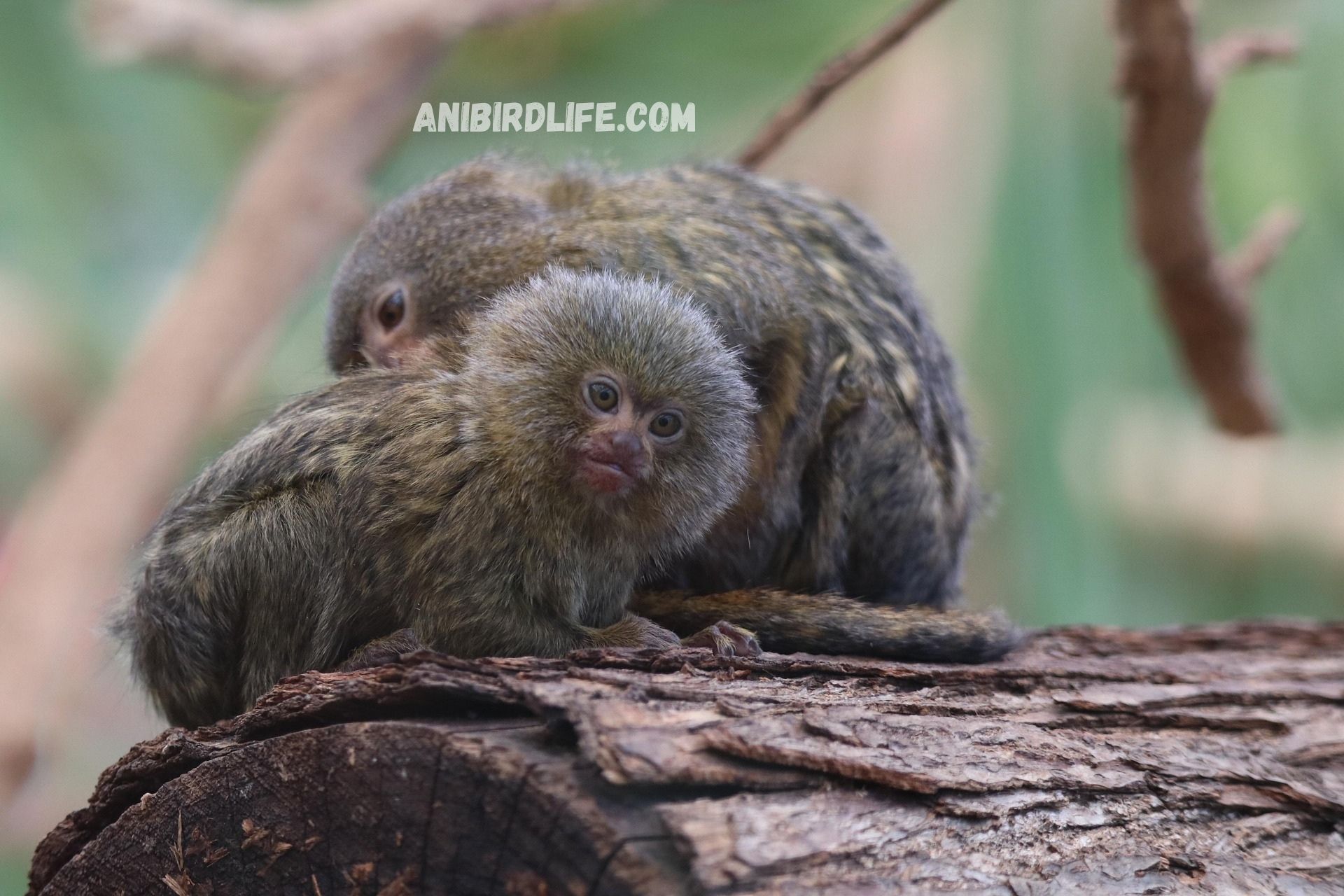When it comes to the Cutest Small Animals kingdom, size doesn’t always matter. Some of the most fascinating and adorable creatures on Earth are also the smallest. These tiny Cutest Small Animals may be small in stature, but they pack a punch when it comes to cuteness, resilience, and unique adaptations. From the dense rainforests to the vast deserts and even the depths of the ocean, small animals play a vital role in maintaining the balance of their ecosystems.
In this article, we’ll explore some of the cutest small animals in nature that prove good things truly come in small packages.
1. Pygmy Marmoset: The World’s Smallest Monkey
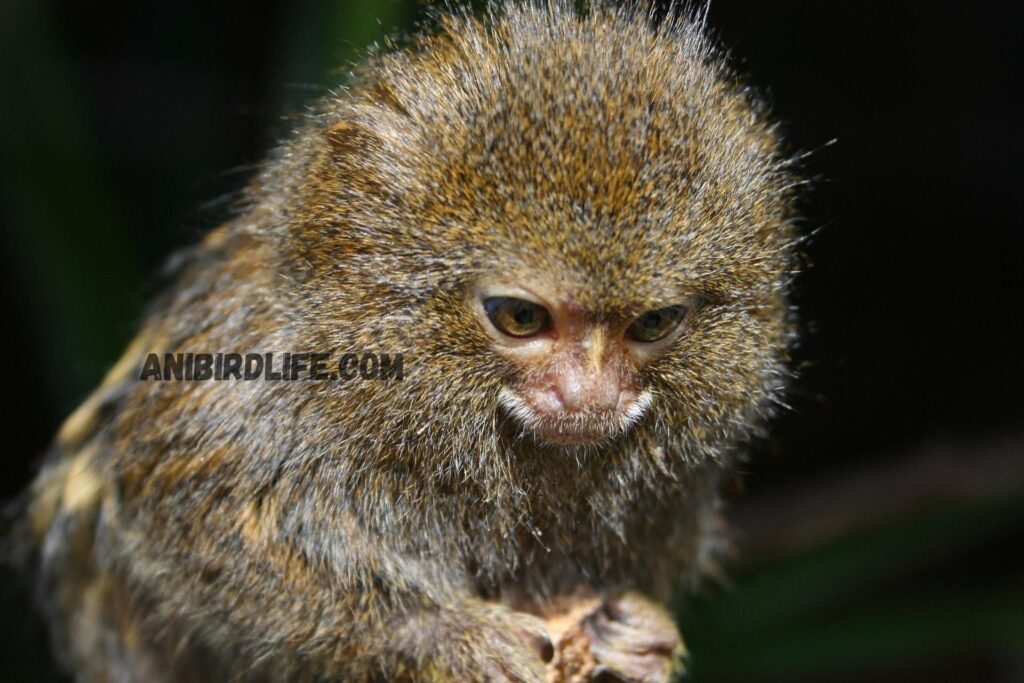
The pygmy marmoset, native to the rainforests of South America, is the smallest monkey in the world. Weighing just over 100 grams and measuring about 12-16 centimeters in length, these miniature primates are a marvel of nature. With their tiny faces, expressive eyes, and playful personalities, pygmy marmosets are undeniably adorable.
Pygmy marmosets are highly social animals, living in family groups of up to 10 individuals. They communicate through a variety of vocalizations, including high-pitched calls that can be heard over long distances. These tiny monkeys are also incredibly agile, leaping between trees with ease and using their sharp claws to cling to branches.
Why They’re Mighty: Despite their size, pygmy marmosets have a big impact on their ecosystem. They feed on tree sap, which they extract by gnawing holes in the bark. This behavior not only provides them with a reliable food source but also helps to create microhabitats for other species, such as insects and small birds.
2. Etruscan Shrew: The Tiny Powerhouse
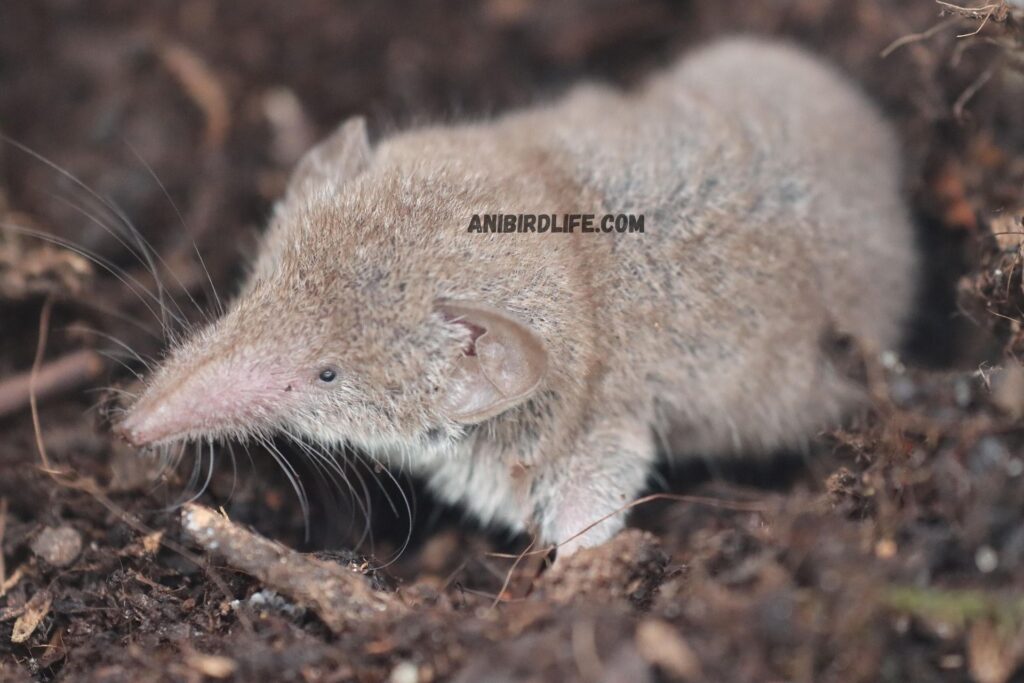
The Etruscan shrew holds the title of the smallest mammal by mass, weighing only 1.8 grams. Found in Europe, Asia, and Africa, this tiny creature has a heart rate of up to 1,500 beats per minute and must eat nearly twice its body weight daily to survive.
Etruscan shrews are voracious predators, feeding on insects, spiders, and other small invertebrates. Despite their small size, they are fearless hunters, capable of taking down prey much larger than themselves. Their high metabolism and rapid movements make them a fascinating subject of study for scientists.
Why They’re Mighty: Their incredible metabolism and hunting skills make them fierce predators of insects, proving that even the smallest Cutest Small Animals can be mighty hunters. By controlling insect populations, Etruscan shrews play a crucial role in maintaining the balance of their ecosystems.
3. Bee Hummingbird: The Feathered Jewel
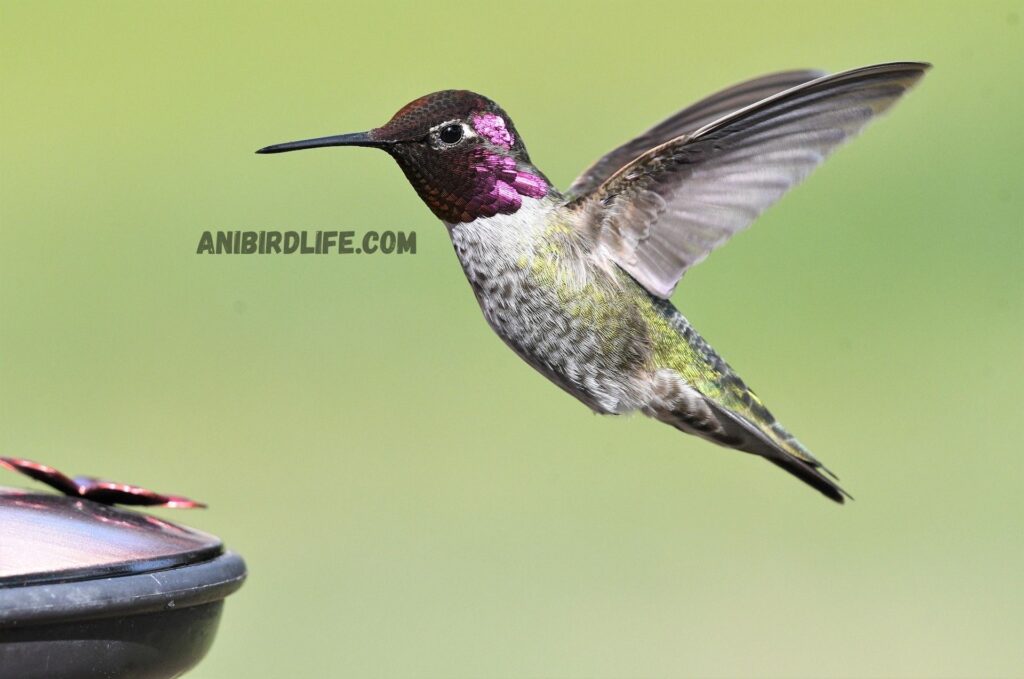
The bee hummingbird, native to Cuba, is the smallest bird in the world, measuring just 5-6 centimeters in length. Weighing less than a penny, this tiny bird is a marvel of nature with its iridescent feathers and rapid wing beats (up to 80 times per second!).
Bee hummingbirds are known for their incredible agility and speed. They can hover in mid-air, fly backward, and even upside down. Their diet consists mainly of nectar, which they collect from flowers using their long, specialized beaks. In the process, they play a vital role in pollination, helping to sustain the ecosystems they inhabit.
Why They’re Mighty: Bee hummingbirds are essential pollinators, contributing to the reproduction of many plant species. Their presence is a key indicator of a healthy ecosystem, and their loss could have far-reaching consequences for biodiversity.
4. Pygmy Possum: The Adorable Survivor
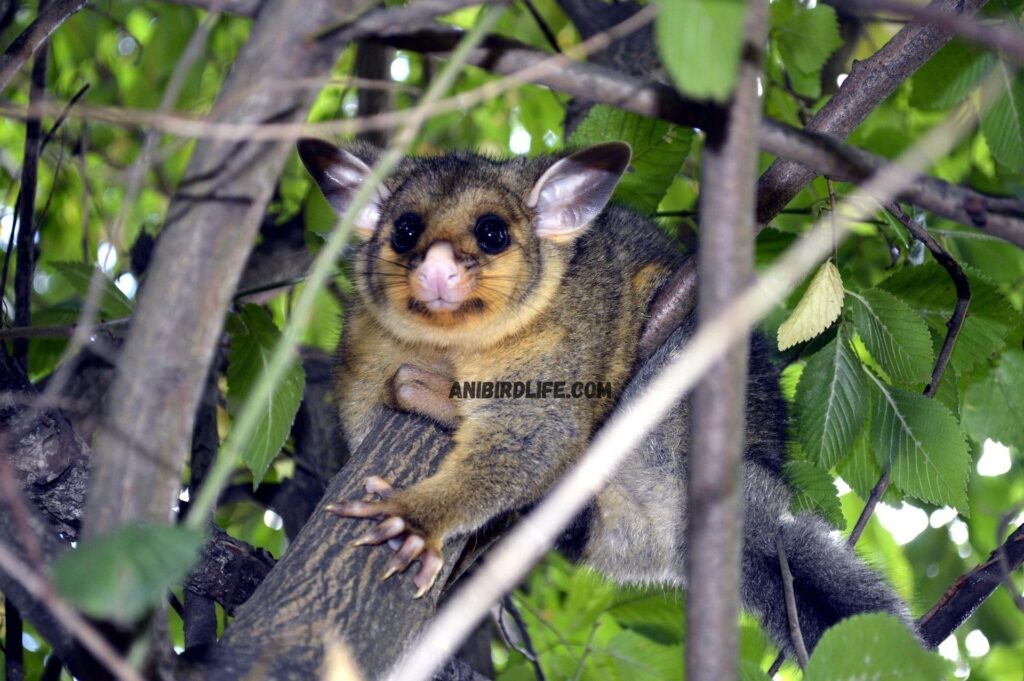
Australia’s pygmy possum is one of the smallest marsupials, weighing only 7-10 grams. These nocturnal cuties are known for their big eyes, tiny paws, and ability to survive in harsh environments.
Pygmy possums are found in a variety of habitats, from rainforests to alpine regions. They are excellent climbers, using their prehensile tails to grip branches and their sharp claws to navigate their surroundings. During the colder months, pygmy possums enter a state of torpor, reducing their metabolic rate to conserve energy.
Why They’re Mighty: Pygmy possums are resilient survivors, capable of adapting to extreme conditions. Their ability to enter torpor allows them to survive food shortages and cold weather, making them a fascinating example of nature’s ingenuity.
5. Dwarf Gecko: The Miniature Reptile
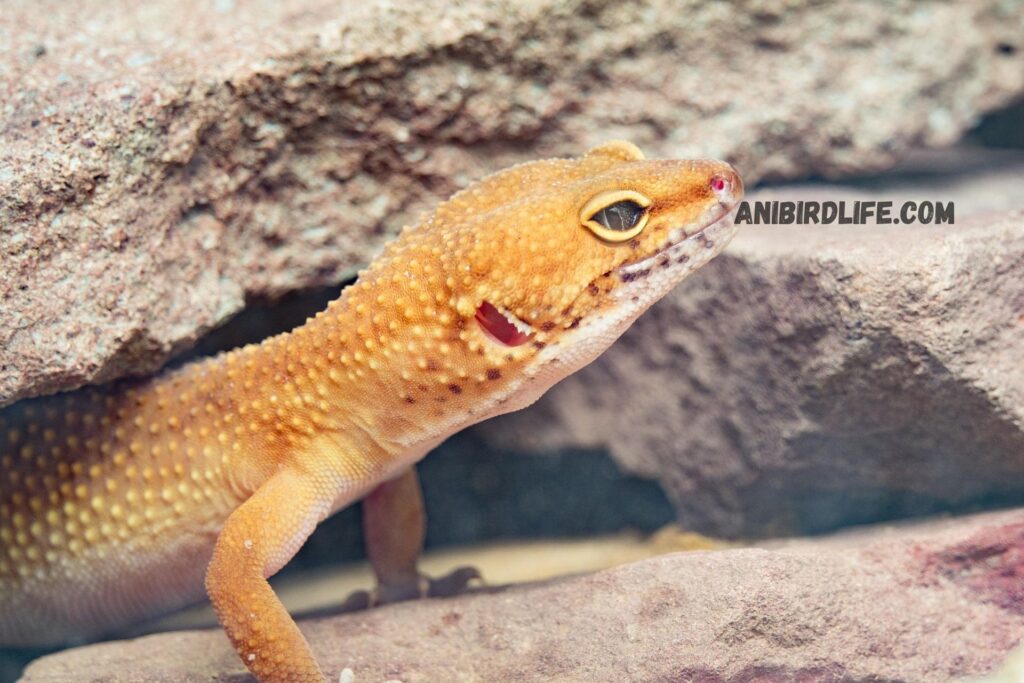
The dwarf gecko, found in Madagascar, is one of the tiniest reptiles on Earth, measuring just 16-18 millimeters in length. These miniature lizards are so small they can perch on the tip of your finger!
Dwarf geckos are known for their vibrant colors and intricate patterns, which help them blend into their surroundings. Despite their size, they are skilled climbers and hunters, using their sticky toe pads to navigate their environment with ease.
Why They’re Mighty: Dwarf geckos play a crucial role in controlling insect populations, making them an important part of their ecosystem. Their small size and agility allow them to access food sources that larger predators cannot reach.
6. Fennec Fox: The Desert’s Tiny Charmer
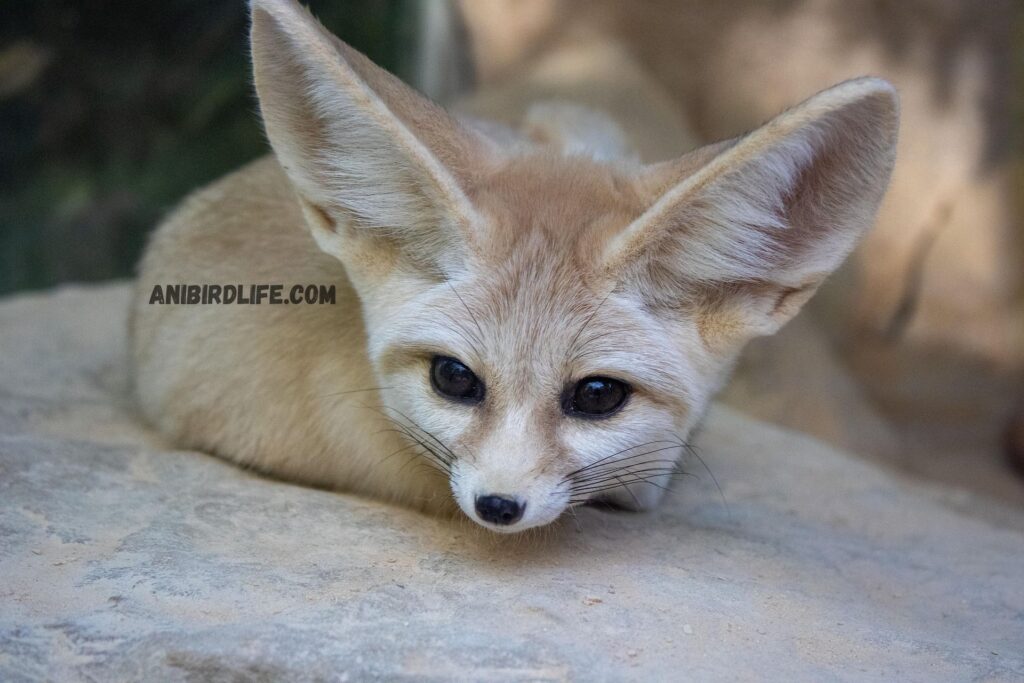
The fennec fox, native to the Sahara Desert, is the smallest fox species in the world. Known for its oversized ears, which help dissipate heat, this tiny fox is a master of survival in one of the harshest environments on Earth.
Fennec foxes are nocturnal animals, spending their days in underground burrows to escape the scorching heat. Their large ears not only keep them cool but also give them exceptional hearing, allowing them to detect prey underground.
Why They’re Mighty: Fennec foxes are well-adapted to their desert habitat, demonstrating remarkable resilience and resourcefulness. Their presence is a testament to the incredible adaptability of Cutest Small Animals
7. Sea Bunny: The Ocean’s Cutest Slug
The sea bunny, a type of sea slug, has become an internet sensation thanks to its fluffy appearance and tiny “ears” (actually sensory organs). Found in the waters of the Indo-Pacific, these adorable creatures are a favorite among marine life enthusiasts.
Sea bunnies are herbivores, feeding on algae and other small organisms. Their unique appearance is not just for show; their “ears” are actually rhinophores, which help them detect chemical signals in the water.
Why They’re Mighty: Sea bunnies play a role in maintaining the health of coral reefs by feeding on algae and other small organisms. Their presence is a key indicator of a healthy marine ecosystem.
8. Mouse Lemur: The Pocket-Sized Primate
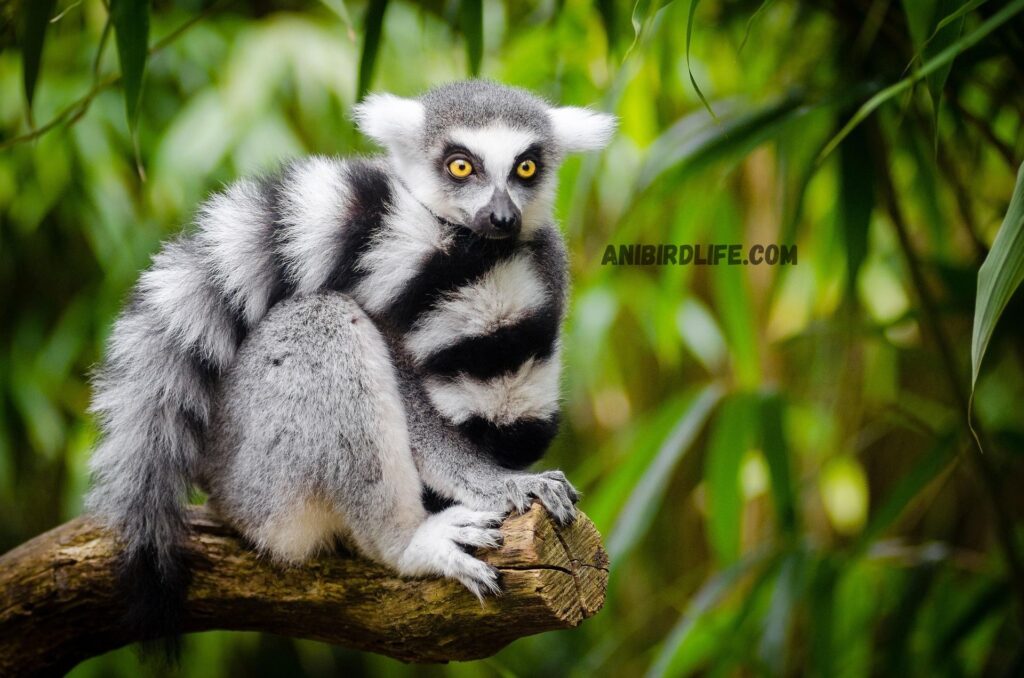
The mouse lemur, native to Madagascar, is one of the smallest primates in the world, weighing only 30-60 grams. With their large eyes and tiny bodies, these nocturnal creatures are as cute as they are fascinating.
Mouse lemurs are highly adaptable, living in a variety of habitats, from dry forests to rainforests. They are omnivores, feeding on fruits, insects, and small vertebrates. Despite their small size, they are skilled climbers and jumpers, using their long tails for balance.
Why They’re Mighty: Mouse lemurs are important seed dispersers and play a key role in their forest ecosystems. Their presence is a key indicator of a healthy forest, and their loss could have far-reaching consequences for biodiversity.
Why Small Animals Matter
While these tiny Cutest Small Animals may be small in size, their roles in their respective ecosystems are anything but insignificant. From pollination and seed dispersal to pest control and maintaining biodiversity, these creatures prove that even the smallest beings can have a mighty impact.
Small animals are often overlooked in favor of their larger counterparts, but they are just as important to the health of our planet. By appreciating and protecting these tiny but mighty creatures, we can help ensure that they continue to thrive for generations to come.
Conclusion: (Cutest Small Animals in Nature)
Nature’s Cutest Small Animals are a testament to the beauty and diversity of life on Earth. Their cuteness captivates us, while their resilience and adaptability inspire us. From the pygmy marmoset to the bee hummingbird, these tiny creatures remind us that good things truly come in small packages.
By celebrating these tiny wonders, we not only appreciate their charm but also recognize their importance in the delicate balance of our planet’s ecosystems. Let’s continue to protect and cherish these small but mighty animals, ensuring that they remain a vibrant part of our natural world.
